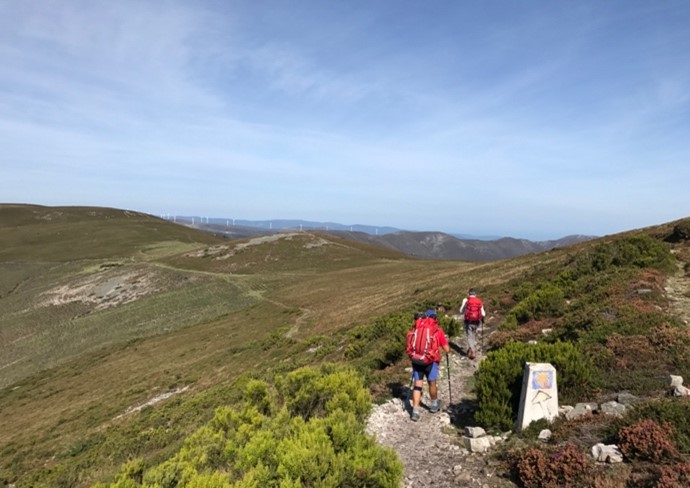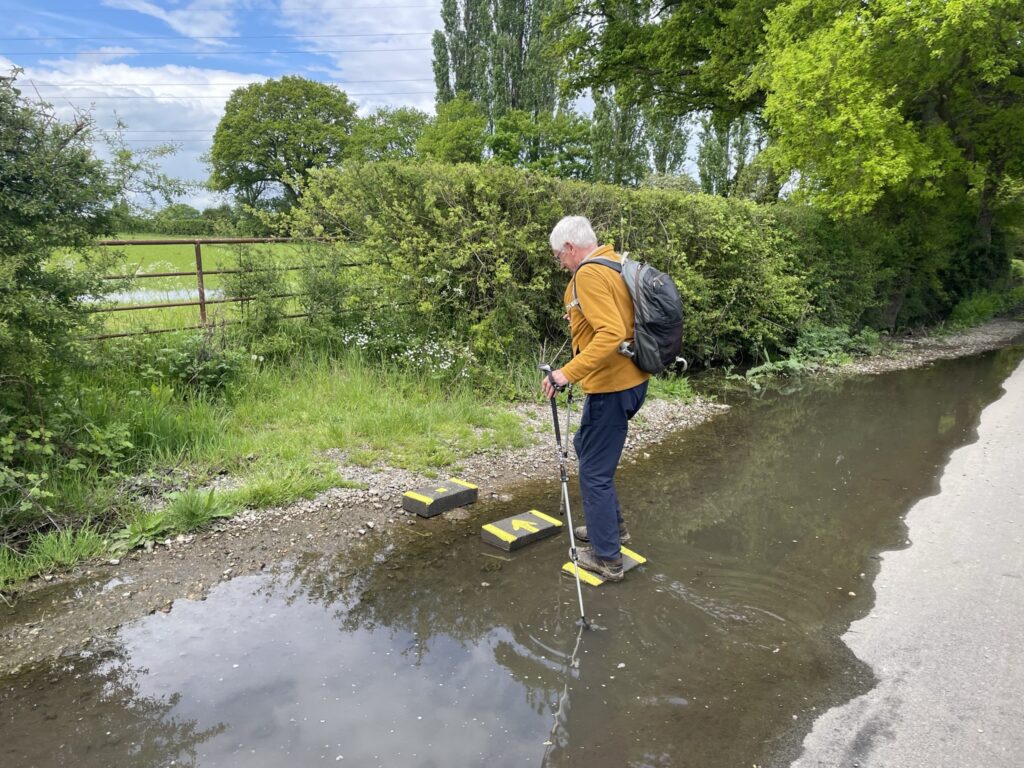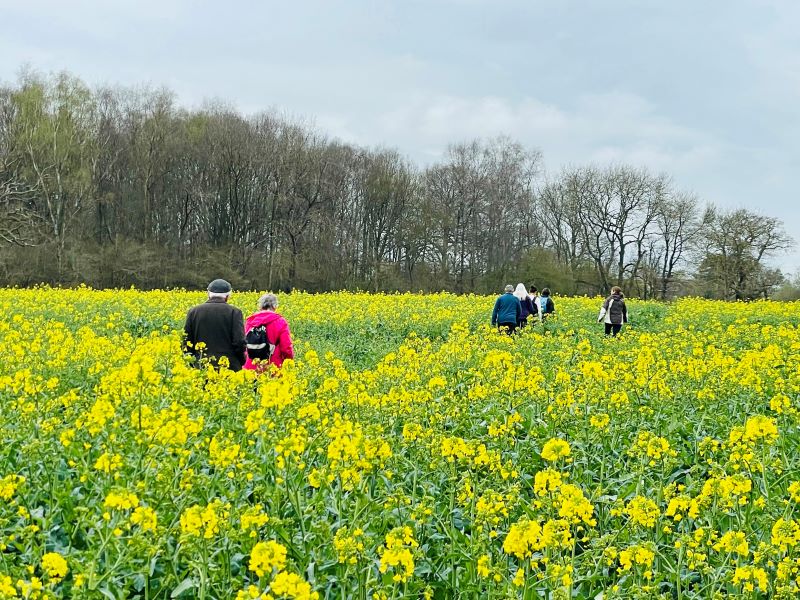
The Camino de Santiago or Way of St James is a vast network of pilgrimage routes that ultimately lead to the cathedral of Santiago de Compostela in Northern Spain.
Legend has it that the remains of the Apostle Saint James the Great are buried there. Saint James is the patron saint of Spain, and the city is named after him – Santiago de Compostela means St James of the Field of Stars.
The pilgrimage began in the 9th century and since then has grown massively in popularity. Around 420,000 Compostela pilgrim certificates were issued in 2022 alone (compared to just seven in 1976). Today, there are nine main Camino routes beginning in France, Portugal, Spain and now in the UK with the Camino Inglés, with people from over 190 different countries making the journey every year.
Pilgrims, known in Spain as ‘peregrinos’, take up the journey on foot, bicycle or even horseback. Some walk alone, others with a partner or in groups. However one decides to take on the Camino, there’s always a great sense of community, as pilgrims pass each other, offering a cheery ‘Buen Camino!’ to wish each other well on their journey.
These days, people walk a Camino for a wide range of reasons. Of course, many pilgrims go because of their faith and want to observe the traditional religious practices along the way, whereas others simply see it as a fitness challenge and a long hike through beautiful countryside.

Most modern pilgrims tend to fall somewhere in the middle, and a Camino often becomes a journey of self-discovery and a kind of meditation, a much-needed opportunity to get away from the busyness and stress of our everyday lives, to clear our heads and be with our own thoughts.
The spirituality of the Camino is much talked about among pilgrims, but there is a certain mysticism to it which makes it difficult to convey to someone who hasn’t walked it themselves. The Camino is an experience that must be lived and is embraced today by individuals of diverse ages, backgrounds, and fitness levels from all over the world.
